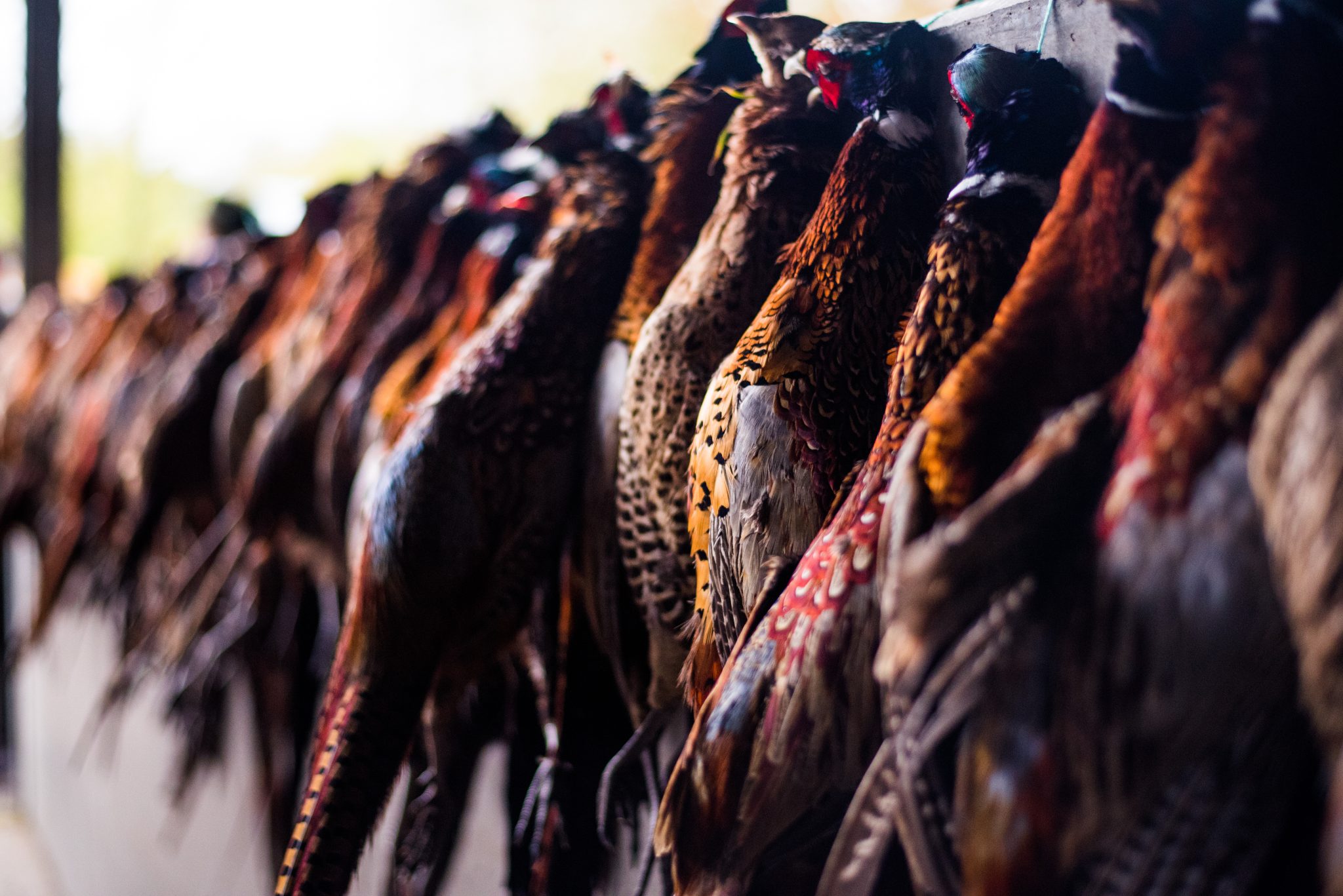Win CENS ProFlex DX5 earplugs worth £1,149 – enter here
Why you shouldn’t let your dog drink from puddles
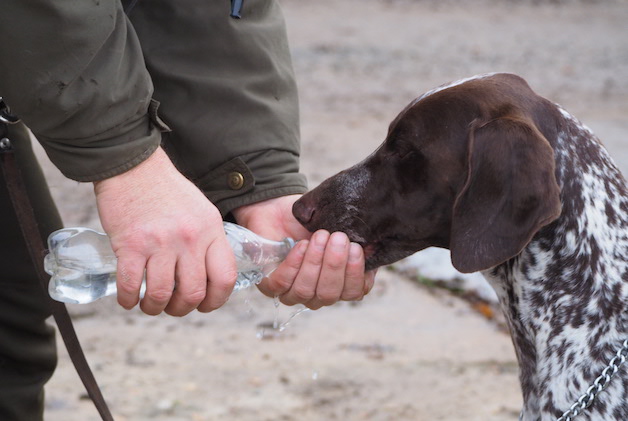 Train your dog to drink from a bottle
Train your dog to drink from a bottle
Q: I have often found my dog drinking from puddles. Is this source of water for dogs safe? Are there any risks and should I prevent her from doing this?
A: Rainwater itself is relatively clean, but when it forms puddles it can be contaminated by dirt, leaves, animal droppings, insects and litter. These contaminants raise four primary health concerns for dogs: leptospirosis; giardia infection; lungworm infection; and antifreeze poisoning.
Leptospirosis is caused by a type of bacteria that dogs can get by drinking water contaminated with the urine of an infected animal, usually a rat, mouse or another dog. Depending on the precise type of leptospiral bacteria, it can cause kidney failure or liver disease. The most common signs include abdominal discomfort, decreased appetite, lethargy and diarrhoea. It is usually included in dogs’ primary vaccination but the protection is not long lasting and an annual booster is normally required. Giardia is a protozoa parasite that lives in the gut. A dog becomes infected with it when it drinks water that has been contaminated with faeces. Giardia can also cause lethargy and diarrhoea but is not usually life threatening and is typically treated with enbendazole and/or metronidazole.
A further hazard of drinking from puddles is lungworm infection. Dogs pick up lungworm larvae from slugs and snails. If your dog drinks from puddles be sure to include lungworm treatment as part of a regular worming programme. Lungworm infection is becoming quite widespread in the UK.
Antifreeze can be found in puddles near parked vehicles or at the roadside. Never let your dog drink from these puddles because even small mounts of antifreeze can cause irreversible kidney damage in dogs. If you suspect your dog has ingested antifreeze, try to induce vomiting and immediately call your vet.
Always carry a supply of fresh water and a small bowl and offer your dog a drink between drives. TB
How much water does a dog need?
Dogs need lots of water. Without water they will die within a few days. Quite how much an individual dog needs to drink every day depends on a number of factors, ranging from diet to the temperature.
A dog housed in a cool outdoor kennel will drink less than one living in a warm house, while an animal fed a dry diet will drink far more than one consuming moist food.
A Labrador weighing 14kg (30lb) needs a litre of water a day, while a 10kg springer requires two-thirds of a litre. In hot weather, or after heavy exercise, the water requirement may be doubled.
Supplying clean water to your dog when out shooting is very important. If your shoot has clean running streams or unpolluted ponds or lakes that is fine but a water-filled tractor rut is best avoided.
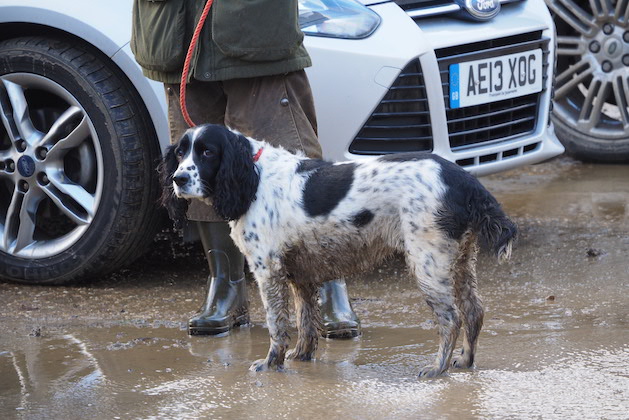
Dogs seem to prefer drinking out of ruts and puddles to clean bowls
The dangers of a dog drinking from a puddle were brought home to me many years ago, when a member of my shooting syndicate inadvertently let his German shorthaired pointer drink from a ditch that had been contaminated with diesel. The dog was poisoned and took a long time to recover.
So why do dogs like disgusting puddles?
Why do dogs seem happy to drink water that must taste and smell bad? A thirsty dog drinks without considering such things. Dogs have far fewer taste buds than us — 1,700 compared with 9,000 — but they do have taste buds that are tuned for water.
The sense of taste is located at the tip of the dog’s tongue; this is the part that the animal curls to lap water. Which makes it odder still that they seem to enjoy muddy puddles.
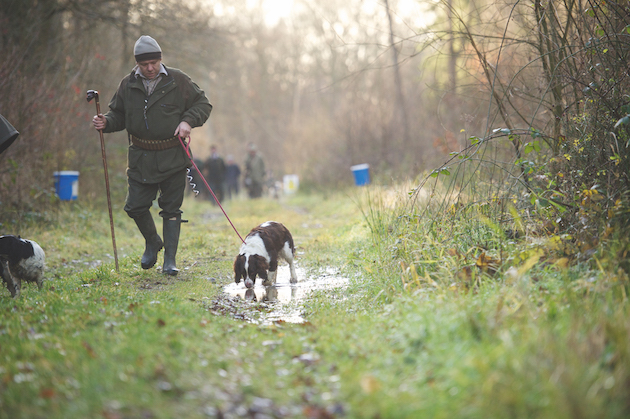
Avoid letting your dog drink water that may be infected
The best water for dogs is not from a puddle
Many gundogs will drink from puddles throughout their lives without suffering any ill effects, a reminder that a dog’s constitution is much tougher than ours. However, there are risks involved. One of the most serious is leptospirosis, as described above.
Potentially as big a worry as leptospirosis is the threat posed by blue-green algae, a term used to describe a group of bacteria called cyanobacteria. This is chiefly a summer problem as the algae are most frequently found around lakes and ponds during hot weather. Though often obvious — the blooms look like a blue-green scum at the edge of the water — the bacteria can’t be seen with the naked eye.
Avoid letting your dog go anywhere near water that might be infected, as there is no cure, and the toxins eventually lead to liver failure.
Bacteria on dog water bowls
You are probably wondering how any gundogs ever survive drinking from water in ponds or puddles, let alone swimming in the stuff. Most, fortunately, are unaffected but the wise handler should be aware of the risks. Teaching your dog to drink from a bottle during a shooting day makes sense — it’s a technique I’ve often seen triallers use.
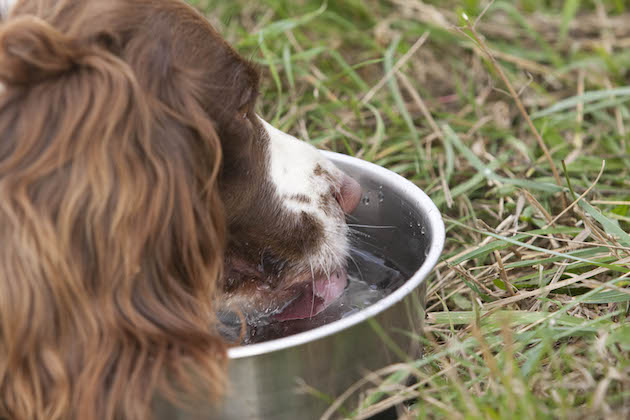
Stainless steel water bowls are best
Plastic water bowls not recommended
During my research, I found that most dog water bowls carry lots of bacteria. This is because the water bowl is rarely scrubbed and cleaned or even put in the dishwasher, simply left on the floor and topped up when needed. Plastic water bowls aren’t recommended as they can lead to nasal dermatitis, due to the chemical p-benzylhydroquinone that is present in many plastics. Ceramic bowls are better, with stainless steel arguably the best.
Related Articles
Get the latest news delivered direct to your door
Subscribe to Shooting Times & Country
Discover the ultimate companion for field sports enthusiasts with Shooting Times & Country Magazine, the UK’s leading weekly publication that has been at the forefront of shooting culture since 1882. Subscribers gain access to expert tips, comprehensive gear reviews, seasonal advice and a vibrant community of like-minded shooters.
Save on shop price when you subscribe with weekly issues featuring in-depth articles on gundog training, exclusive member offers and access to the digital back issue library. A Shooting Times & Country subscription is more than a magazine, don’t just read about the countryside; immerse yourself in its most authoritative and engaging publication.





